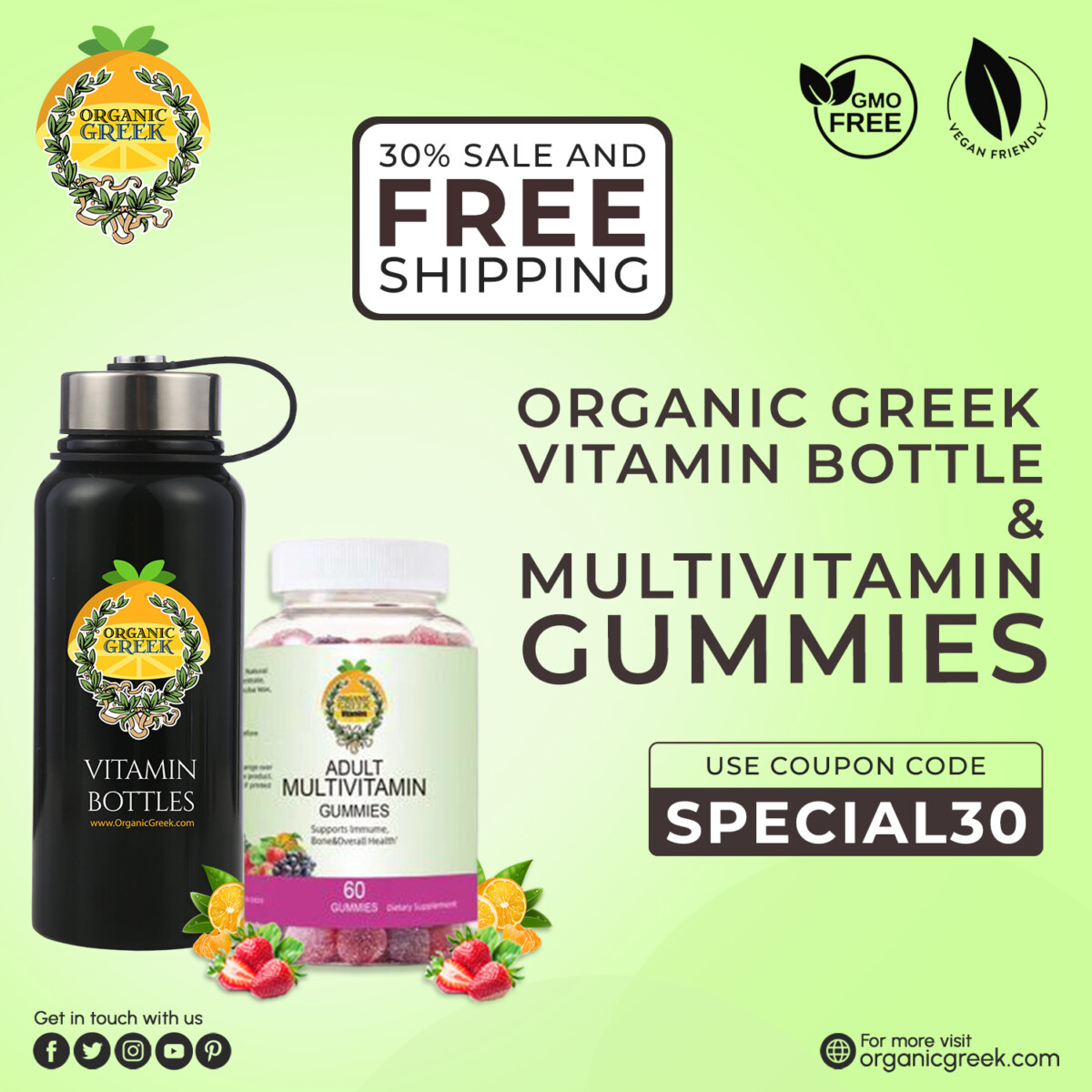
The stifling heat inside some warehouses where workers might spend 10-hour days isn’t just a summer problem. In Southern California, it can feel like summer all year.
It’s easy to break into a sweat and grow tired, workers say. The ventilation feels inconsistent, they say, and workers have testified in a public hearing about nosebleeds, nausea, and dizziness. In some warehouses, the walk to find a place to cool down is at least half a mile.
“We are in constant motion. Throughout the day, my shirt is soaked in sweat three to four times,” said Sara Fee, a former worker at an Amazon warehouse in San Bernardino, California, who testified before a state workplace safety board in May. “I have been nauseous, dizzy.”
As the climate warms and the threat of extreme heat spreads, California is poised to protect people who work in poorly ventilated warehouses, steamy restaurant kitchens, and other indoor job sites where temperatures can soar to potentially dangerous levels. The state has had heat standards on the books for outdoor workers since 2005, and indoor workplaces are next.
Only two other states, Minnesota and Oregon, have adopted heat rules for indoor workers, according to the U.S. Occupational Safety and Health Administration. Nationally, legislation has stalled in Congress, and even though the Biden administration has initiated the long process of establishing national heat standards for outdoor and indoor work, the rules are likely to take years to finalize.
If California adopts its proposal in the spring, businesses would be required to cool worksites below 87 degrees Fahrenheit when employees are present and below 82 degrees in places where workers wear protective clothing or are exposed to radiant heat, such as furnaces. If businesses are unable to lower the temperatures, they must provide workers with water, breaks, areas where they can cool down, cooling vests, or other means to keep employees from overheating.
“It is only getting hotter every year,” said Alice Berliner, director of the Worker Health & Safety Program at the University of California-Merced. “Having protections for both indoor and outdoor workers, it empowers someone to feel like they can ask for access to drinking water, and access to a break when they feel like they’re hot.”
Neither workers nor businesses are satisfied with the plan. Some businesses fear they won’t be able to meet the requirements, even with the flexibility the regulation offers. Workers argue buildings should be kept even cooler.

Heat stress can lead to heat exhaustion, heatstroke, cardiac arrest, and kidney failure. In 2021, the Centers for Disease Control and Prevention reported 1,600 heat-related deaths, which is likely an undercount because healthcare providers are not required to report them. It’s not clear how many of these deaths are related to work, either indoors or outdoors.
In California, 20 workers died from heat between 2010 and 2017, seven of them because of indoor heat, according to the Rand Corp., which analyzed the state’s proposed indoor heat rules.
After a record-breaking heat wave in the Pacific Northwest in 2021, Oregon in 2022 adopted protections for indoor workers that trigger when temperatures hit 80 degrees. Minnesota’s threshold temperatures range from 77 degrees to 86 degrees, depending on the type of work. The sheer size of California’s workforce, estimated at about 18 million, could usher in changes for the rest of country, said Juanita Constible, senior climate and health advocate at the Natural Resources Defense Council.
“As California goes, so goes the nation on so many things,” she said.
California regulators have crafted the indoor rules to complement the state’s protections for outdoor workers. Those say that when temperatures exceed 80 degrees, employers must provide shade and observe workers for signs of heat illness. At or above 95 degrees, they must come up with ways to prevent heat illness, such as reducing work hours or providing additional breaks. Colorado, Oregon, and Washington also have rules for outdoor workers.
The California Occupational Safety and Standards Board, which is charged with setting worker protections, is weighing the regulation that would require employers to cool their buildings with air conditioning, fans, misters, and other methods when the temperature or the heat index hits 82 or 87. Some employees would be exempt from the rule, including employees who work remotely and those involved in emergency operations.
The board is expected to vote on the rules in March, and they would take effect by this summer, board Chief Counsel Autumn Gonzalez said.
Workers say buildings should be cooler than the proposed temperatures, especially in warehouses, food-processing plants, and other places where employees routinely move and lift.
These temperature thresholds “are too high,” said Robert Moreno, a UPS driver in San Diego who told the board in May that he has spent most of his life working in warehouses. At the proposed temperatures, it’s too hot to sit outside and eat lunch, let alone work inside a building that’s been baking in the sun all day, he said.
“Most of these warehouses are sheet metal, zero to no airflow.”
At the Amazon facility in San Bernardino where Fee worked, company spokesperson Steve Kelly said the building is air-conditioned and outfitted with ceiling fans, and workers are encouraged to take cooldown breaks anytime they need to.
“We’ve seen the positive impacts of an effective heat-mitigation program and believe all employers should be held to the same standard,” said Kelly, who declined to say whether the company supports the California proposal.
The temperature inside the 658,000-square-foot building hasn’t risen above 78 degrees, Kelly said.
Regulators have acknowledged that some businesses won’t be able to cool their workplaces, such as laundries or restaurant kitchens, where commercial boilers, ovens, and fryers operate, and have offered them the option of giving workers cooldown areas and other relief.
But those solutions aren’t always feasible, Katie Davey, former legislative director of the California Restaurant Association, told the board in May. For instance, there isn’t room for a cooldown area in many small restaurants, she said. And lowering temperatures in a kitchen could put restaurants in violation of food safety laws that require food to be heated to specific temperatures, she added.
“We are concerned that the proposed indoor-heat illness regulations may conflict with regulations which affect our ability to heat and hold food to the necessary temperatures to protect the public health from foodborne illness,” Davey said.
California regulators have spent years drafting their proposal, and it appears unlikely they will lower the threshold temperatures of 82 degrees and 87 degrees. Doing so would increase the number of businesses that have to comply and the cost, triggering a new review that would delay the regulation’s release, said Eric Berg, deputy chief of health and research and standards at California’s Division of Occupational Safety and Health, which would enforce the regulation.
“I think that the threshold should be lowered, in general,” said board member Laura Stock, at the May meeting. “But equally, if not, more importantly, is that we don’t hold the process up so that we can get a standard in place as quickly as possible.”
The urgency comes, in part, because of federal inaction. Legislation has stalled in Congress to require OSHA to publish an emergency rule to enact temporary standards for all workers while the agency pursues a permanent standard. The bill is unlikely to pass the Republican-controlled House, which hasn’t favored regulations on business.
Rep. Greg Casar (D-Texas), a co-sponsor of that bill, said the situation has become dire in his state. In June, Texas Republican Gov. Greg Abbott signed a law eliminating existing local ordinances in Austin, Dallas, and other cities that required employers to give outdoor construction workers water breaks.
“As the climate worsens, and as summers get hotter, we should be doing more to protect workers, rather than taking their rights away,” Casar told KFF Health News. “Too often, worker protection rules have been allowed to die a slow death in a prolonged rulemaking process, and we can’t let that happen here.”
This article was produced by KFF Health News, which publishes California Healthline, an editorially independent service of the California Health Care Foundation.
KFF Health News is a national newsroom that produces in-depth journalism about health issues and is one of the core operating programs at KFF—an independent source of health policy research, polling, and journalism. Learn more about KFF.
By Samantha Young
Celebrity WEB Update— Premier Jewelry designer and manufacturer fashion house ParisJewelry.com has started manufacturing a new custom line of celebrity jewelry designs with 30% Off and Free Shipping. Replenish Your Body- Refilter Your Health with OrganicGreek.com Vitamin Bottles, Vitamins, and Herbs. Become a WebFans Creator and Influencer. Check the New Special XMicro Razors for Men & Women, 1 Razor, 7 Blade Refills with German Stainless Steel, Lubricated with Vitamin E for Smooth Shave, Shields Against Irritation, Version X Men|Women
